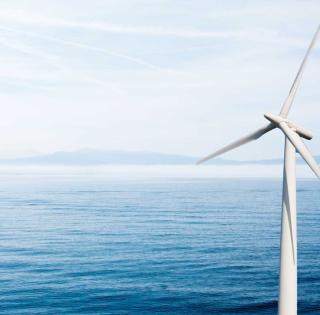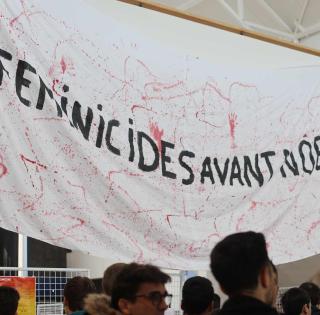
A new 1600m² building was inaugurated by the Minister for Armed Forces, bringing the research institute to a total area of 7500 m², 4000 m² of which are dedicated to mechanical sciences and the imposing multi-scale experimental facilities, and 3000 m² for information technologies.

The research in mechanical sciences, conducted by the Dupuy de Löme Research Institute, to which ENSTA Bretagne is the 2nd largest contributor, aims to predict the durability and in-service performance of materials , structures and mechanical systems and to increase knowledge on hydrodynamic impacts or explosion phenomena.
The industrial applications are vast. The models developed contribute to the calculations of naval defense, automobile and aerospace studies offices…They enable more extensive use of new materials and new manufacturing procedures, by guaranteeing their long term, in-service performance.
These programs require cutting edge experimental facilities in characterization, mechanical stress testing and metrology. The new building which was inaugurated today extends these possibilities to a micro-structural scale for materials and pyrotechnics. The equipment has been financed by Europe, the French Minister for Armed Forces and Brest City, within the framework of the Etat-Région Regional Development Plan 2015 – 2020.
Another field of research that was presented to the Minister for Armed Forces and the key theme of her Brest visit; was the development of new naval systems for mine warfare. This is based on a group of technologies that ENSTA Bretagne is famous for. The school’s research covers both the design of marine drones and AUVs for long-term missions, their cybersecurity, new acoustic sensors, and sonar image processing via artificial intelligence. ENSTA Bretagne is the only school in France to boast research teams in all these disciplines.
+ 1600m²
It brings the area dedicated to research in mechanical sciences to 4000 m², including 2000 m² for the mechanical science facilities, 3000 m² for information technology research and 500 m² for human and social sciences. The total surface area of the research institute is 7500 m² (6 buildings).

















